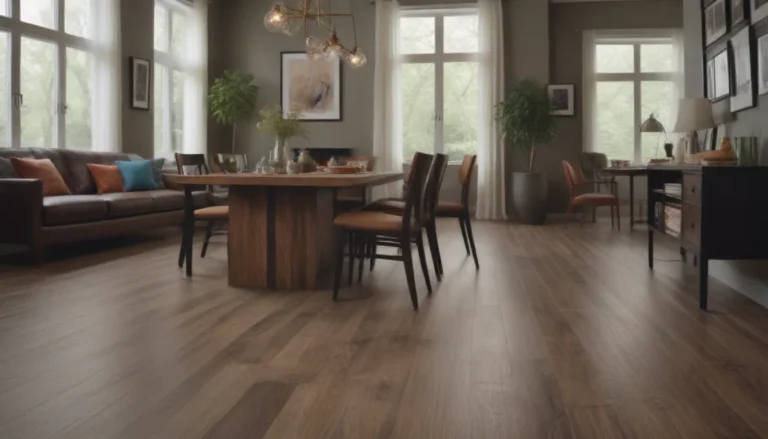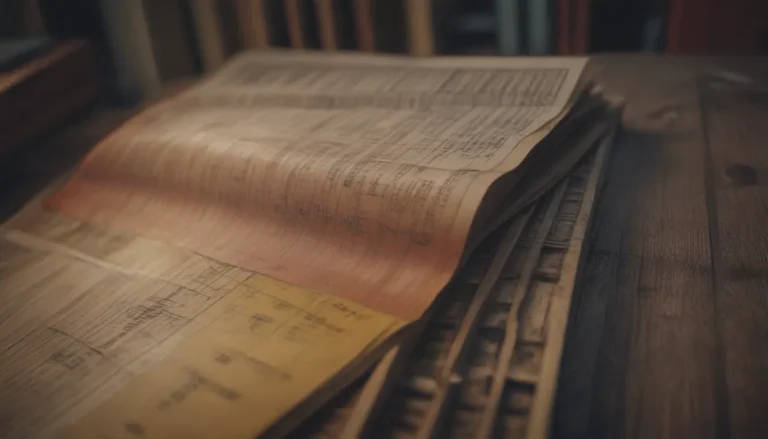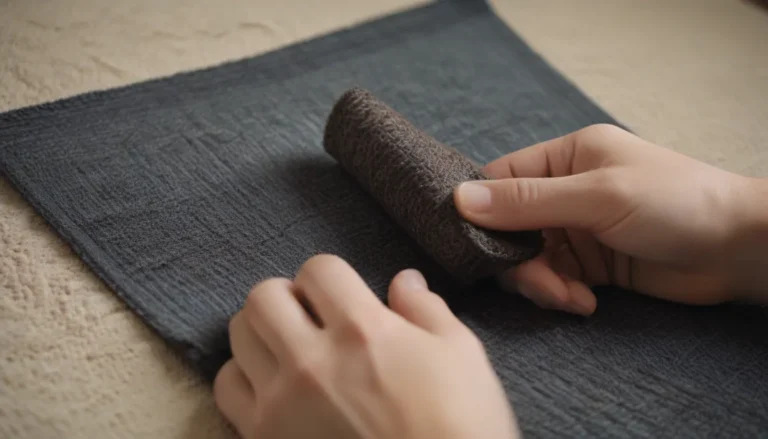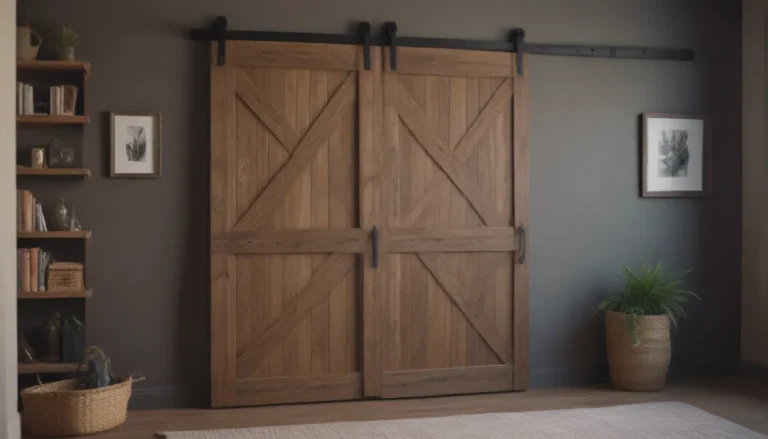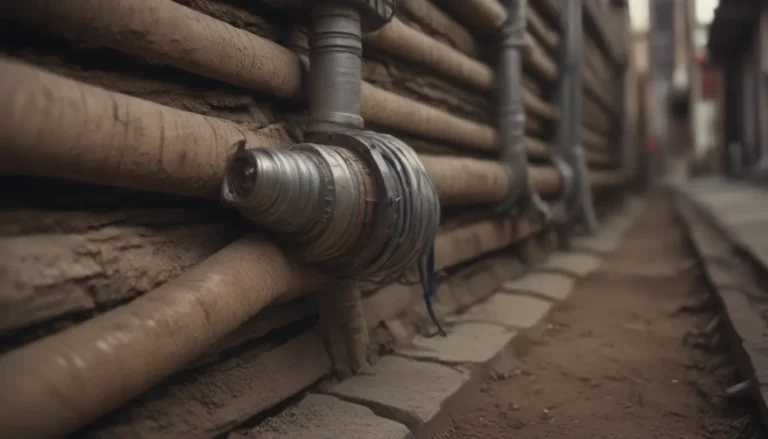Understanding Why Your Furnace Isn’t Blowing Hot Air
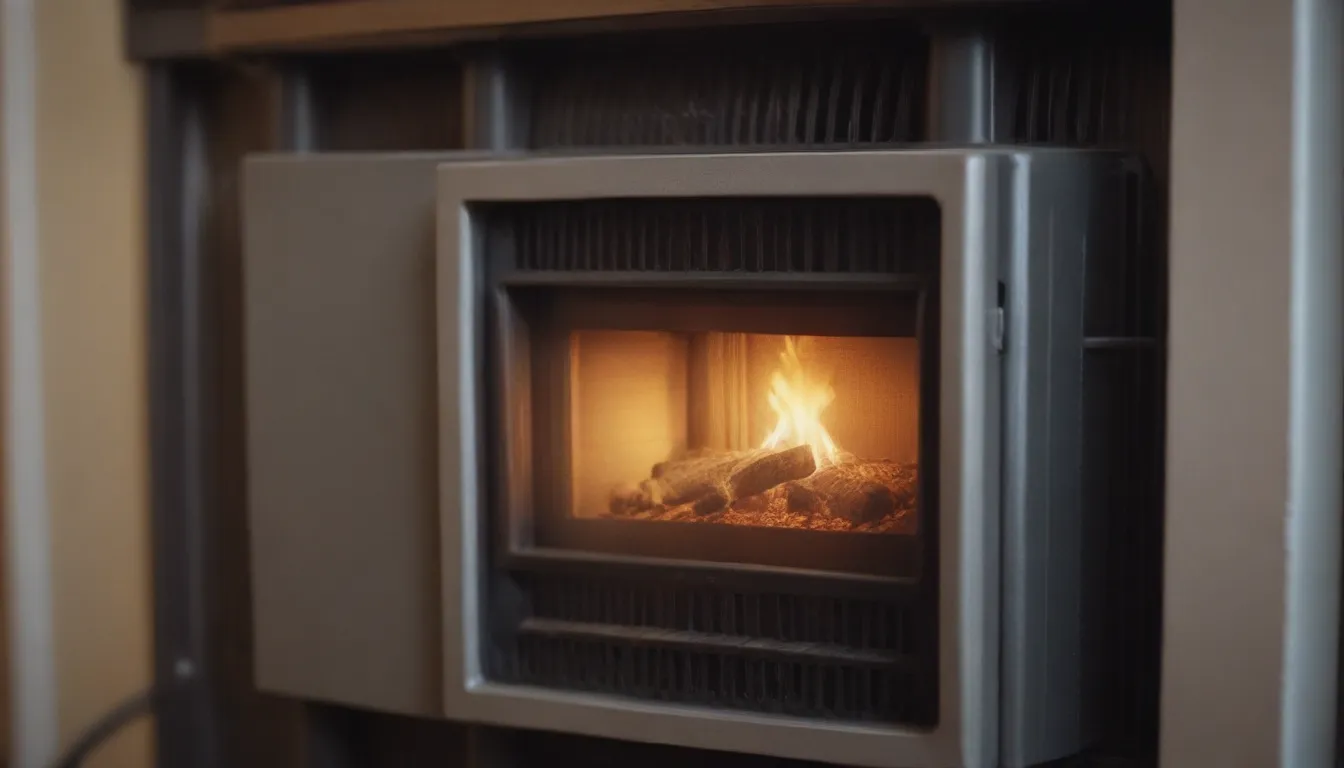
Heating, ventilation, and air conditioning (HVAC) systems are vital components of our homes that keep us comfortable throughout the year. When your furnace is not blowing hot air, it can be frustrating, especially during the colder months. There are several reasons why this may be happening, some of which you can troubleshoot on your own, while others may require the expertise of a professional HVAC technician.
Common Reasons Why Your Furnace Isn’t Blowing Hot Air
Let’s explore some of the most common issues that can cause your furnace to blow cool air instead of warm air:
Thermostat Isn’t Set Correctly
The thermostat plays a crucial role in controlling the temperature and fan operation of your furnace. If your thermostat is not set correctly, it may cause your furnace to blow cold air. Some common thermostat-related issues include:
- Changed setting: Make sure your thermostat is set to heat mode and the temperature is set higher than the current room temperature.
- Dying battery: If your thermostat is battery-operated, changing the batteries may resolve the issue.
- Check the installation: If you recently installed the thermostat yourself, it may be worth having a professional verify the wiring.
Filter Is Clogged
Over time, the filter in your furnace can become clogged with dust, dirt, and other particles. A clogged filter can restrict airflow and lead to your furnace blowing cold air. It’s recommended to replace your furnace filter every three months to ensure proper function.
Furnace Needs Time to Heat
A furnace typically takes about 15 minutes to warm up before it starts blowing hot air. If your furnace is still blowing cold air after this initial warm-up period, there may be other underlying issues that need to be addressed.
High Limit Switch Failure
Continuous overheating due to a clogged filter can cause the high limit switch in your furnace to fail. When the high limit switch malfunctions, it signals the HVAC system that the furnace is overheating and needs to cool down.
Condensate Line Is Clogged
The condensate line in your HVAC system removes water from the condensing unit. If this line becomes clogged, it can trip a switch in the furnace, preventing the burners from igniting and resulting in cold air blowing into your home.
Fuel Source Is Deficient
Depending on the type of furnace you have (oil, gas, or electric), ensuring that you have an adequate supply of fuel is essential for proper heating operation. Checking the fuel source and related components can help troubleshoot why your furnace isn’t blowing hot air.
Ducts Are Leaking
Leaky ductwork can allow hot air to escape before reaching the intended rooms in your home. Additionally, cold air from outside can enter through these leaks, causing your furnace to blow cold air through the registers.
Pilot Light Is Out
If the pilot light or ignition system in your furnace is out, it will prevent the burners from igniting and producing heat. Checking the pilot light and gas valve can help determine if this is the cause of your furnace issues.
Burner Is Blocked
A blocked or clogged burner can prevent fuel from reaching the combustion chamber, leading to a lack of heat production. Cleaning the burner regularly can help prevent blockages and ensure proper functioning.
Flame Sensor Is Dirty
The flame sensor in your furnace can become coated with dirt or wear out over time, affecting its ability to detect the flame. A dirty or damaged flame sensor may cause the burner to shut off, resulting in cold air blowing into your home.
Furnace Is Overheating
If your furnace is overheating, it may be due to a variety of factors, such as a dirty filter, aging components, or underlying issues with the HVAC system. Regular maintenance and addressing any overheating issues promptly can help prevent further problems.
When to Call a Professional
While some furnace issues can be resolved through simple troubleshooting steps, others may require the expertise of a professional HVAC technician. If you’ve tried the DIY solutions mentioned above and your furnace is still not blowing hot air, it’s time to call in the experts.
HVAC systems are complex and require specialized knowledge to diagnose and repair effectively. Professional technicians have the training and experience to identify the root cause of your furnace problems and offer solutions to restore proper function.
It’s important to remember that safety is paramount when dealing with HVAC systems, especially when it comes to issues like overheating, gas supply, and electrical components. If you’re unsure or uncomfortable with troubleshooting your furnace, don’t hesitate to contact a professional for assistance.
In conclusion, understanding the common reasons why your furnace isn’t blowing hot air can help you troubleshoot and address issues promptly. By following the tips outlined in this article and knowing when to seek professional help, you can ensure that your home stays warm and comfortable during the colder months. Remember, regular maintenance and care for your furnace can help prolong its lifespan and prevent costly repairs down the line.
